Rigging Machinery: The Challenge of Moving and Installing Outdated vs. Modern Equipment

Rigging machinery is one of the most critical, and complex, tasks in any industrial environment. Whether you’re relocating a legacy machine that’s been running for decades or installing a state-of-the-art piece of equipment, the rigging process can make or break the success of your project.
But not all machinery is created equal. Outdated equipment presents unique challenges that demand creativity and caution, while modern machines often offer more predictable rigging and installation processes. For plant managers and decision-makers, understanding these differences is essential for planning, budgeting, and ensuring workplace safety.
The Complexities of Rigging Legacy Equipment
Lack of Standard Lifting Points
Many older machines were designed before today’s engineering standards for lifting and transport existed. That means they may lack designated lifting lugs, eye bolts, or engineered anchor points. Without these, riggers must carefully identify safe load-bearing areas to attach slings and hoists, often relying on experience, structural analysis, and specialized rigging methods.
Unclear Documentation
Decades-old machinery often comes with incomplete or outdated manuals, if documentation exists at all. Missing weight specifications, center-of-gravity data, or rigging instructions force crews to perform careful field assessments before making a single lift. One wrong assumption can lead to instability, accidents, or equipment damage.
Wear and Tear Concerns
Aging components such as cracked frames, corroded bases, or brittle castings create risks during lifting. Rigging teams must evaluate structural integrity before applying any load. Sometimes reinforcement or temporary supports are required to prevent damage mid-lift.
Larger Footprint and Heavier Builds
Older machines were often built heavier than necessary, using thick steel and large castings. While durable, this excess weight increases the rigging challenge, requiring higher-capacity cranes, hoists, and transport equipment.
The Predictability of Rigging Modern Equipment
Engineered for Rigging
Today’s manufacturers typically design machinery with rigging in mind. Built-in lifting points, balanced frames, and modular components allow for safer, more straightforward handling. Standardized rigging features reduce guesswork and minimize risk.
Clear Documentation and Digital Resources
Modern equipment comes with detailed manuals, CAD drawings, and sometimes even augmented reality guides for rigging and installation. This wealth of information streamlines planning and ensures crews know exactly how and where to attach lifting gear.
Lighter, More Compact Designs
Advances in materials and engineering mean that modern machines often weigh less while maintaining strength. Their compact footprints make maneuvering through tight spaces easier, reducing the need for oversized cranes or extensive disassembly.
Modular Assembly
New equipment is frequently designed in modules that can be transported and installed separately. This allows rigging crews to handle smaller, more manageable sections and reassemble the machine on-site with greater precision.
Why Rigging Legacy Equipment Requires Specialized Expertise
Even though modern equipment may be easier to rig, legacy machines still dominate many facilities. Their reliability and long service life mean they remain vital to production. However, attempting to move them without specialized rigging expertise is a recipe for disaster.
Professional rigging teams bring:
-
Structural Analysis Skills – Understanding how to distribute loads safely when no lifting points exist.
-
Custom Solutions – Designing fabricated lifting brackets or reinforcement frames for outdated machines.
-
Advanced Tools – Using laser measurement and 3D scanning to map load centers on irregular machinery.
-
Safety Protocols – Implementing OSHA-compliant rigging methods to protect workers and assets.
This level of expertise ensures older machines are moved safely and efficiently—without costly damage or downtime.
Shared Challenges: Outdated vs. Modern Machinery
While the differences are clear, both old and new equipment share common rigging challenges:
-
Tight Facility Layouts: Narrow aisles, low ceilings, and confined spaces complicate maneuvering regardless of the machine’s age.
-
Weight Distribution: Even modern machines can have off-center loads requiring careful balance and sling selection.
-
Safety Demands: Both require precise execution, adherence to safety protocols, and trained professionals to avoid accidents.
In both cases, professional rigging services are non-negotiable. The risks of DIY or under qualified labor include equipment damage, workplace injuries, and costly project delays.
The Cost of Getting Rigging Wrong
Plant managers often weigh the cost of hiring professional rigging services against attempting in-house solutions. But consider these risks:
-
Accidents and Injuries: Rigging failures are among the most dangerous incidents in industrial settings.
-
Equipment Damage: One dropped machine can result in losses exceeding hundreds of thousands of dollars.
-
Extended Downtime: Incorrect rigging can lead to days or weeks of production delays.
-
Regulatory Penalties: Non-compliance with OSHA rigging standards can trigger fines and liability issues.
The truth is simple: cutting corners in rigging machinery is far more expensive than investing in professionals.
Best Practices for Rigging Machinery Safely
-
Conduct a Detailed Assessment – Evaluate weight, center of gravity, condition, and site constraints.
-
Use the Right Equipment – Select properly rated cranes, hoists, and rigging gear.
-
Follow OSHA Standards – Ensure compliance with all safety requirements.
-
Leverage Technology – Use laser alignment and digital modeling for complex moves.
-
Partner with Experts – Choose experienced rigging professionals who understand both legacy and modern machinery.
Conclusion: Trust the Experts in Rigging Machinery
Whether you’re relocating outdated machinery with no lifting points or installing a modern modular system, rigging machinery is never a task to take lightly. Legacy machines require creativity, caution, and custom solutions, while modern equipment offers more predictable processes, but both demand professional handling.
For plant managers and decision-makers, the safest and most cost-effective choice is clear: trust experts who understand the nuances of both.
Contact APS Industrial Services today to ensure your next machinery move is handled with precision, safety, and expertise.
Newsletter
Don't miss a thing!
Sign up to receive daily news
Recent Posts
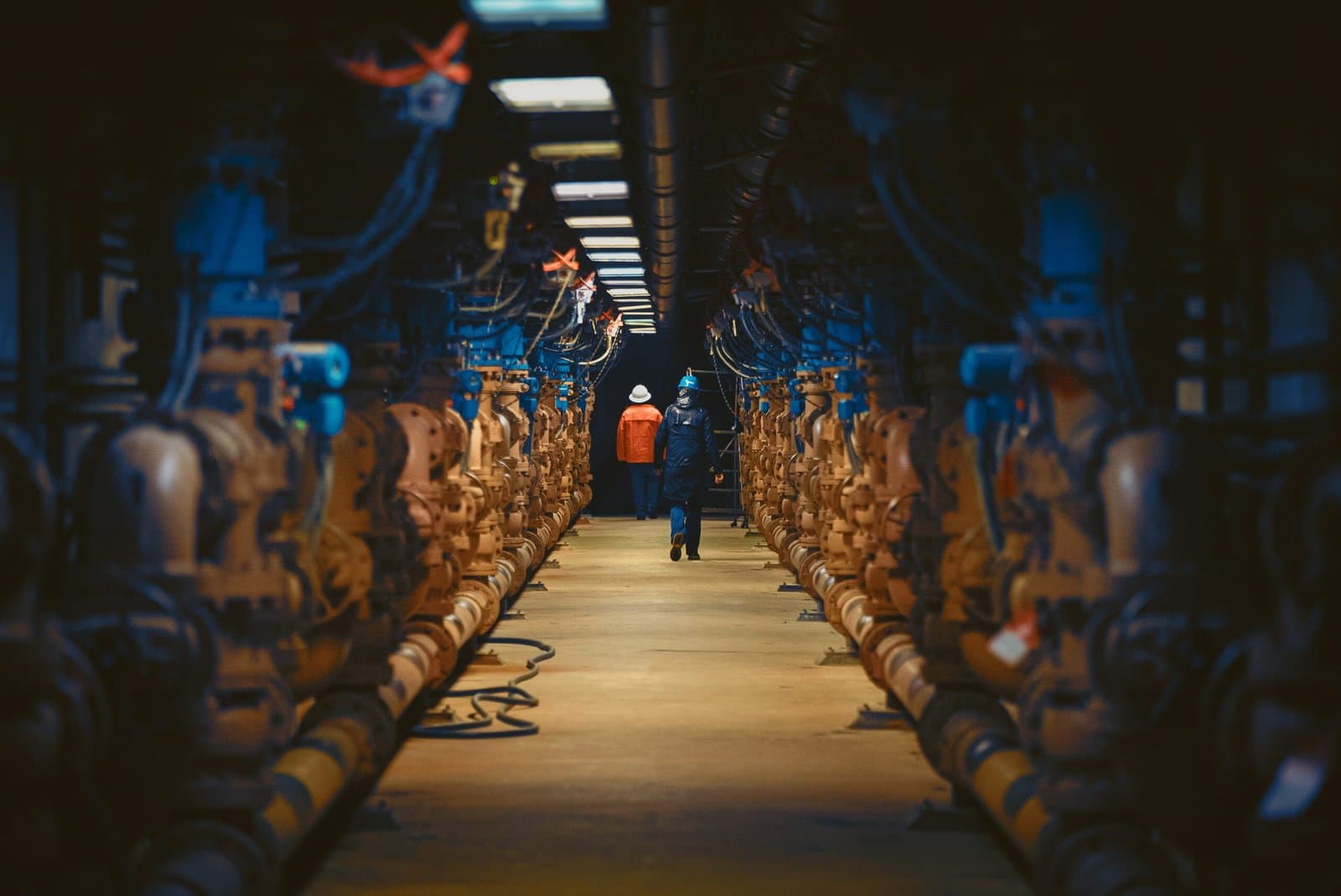
august 30, 2025
Decommissioning a Facility: How to Turn It into a Profitable Venture
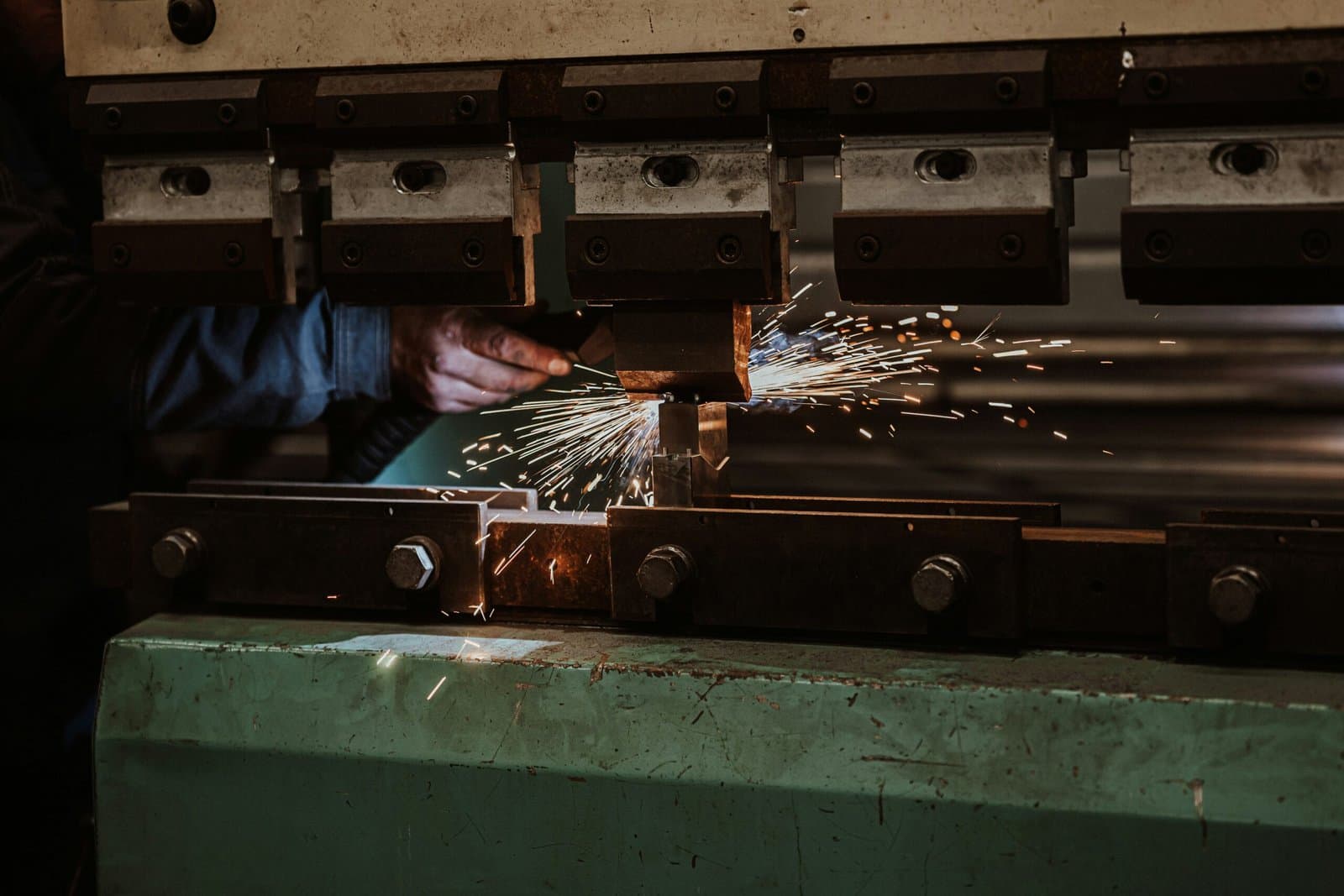
august 25, 2025
Hydraulic Press Maintenance 101
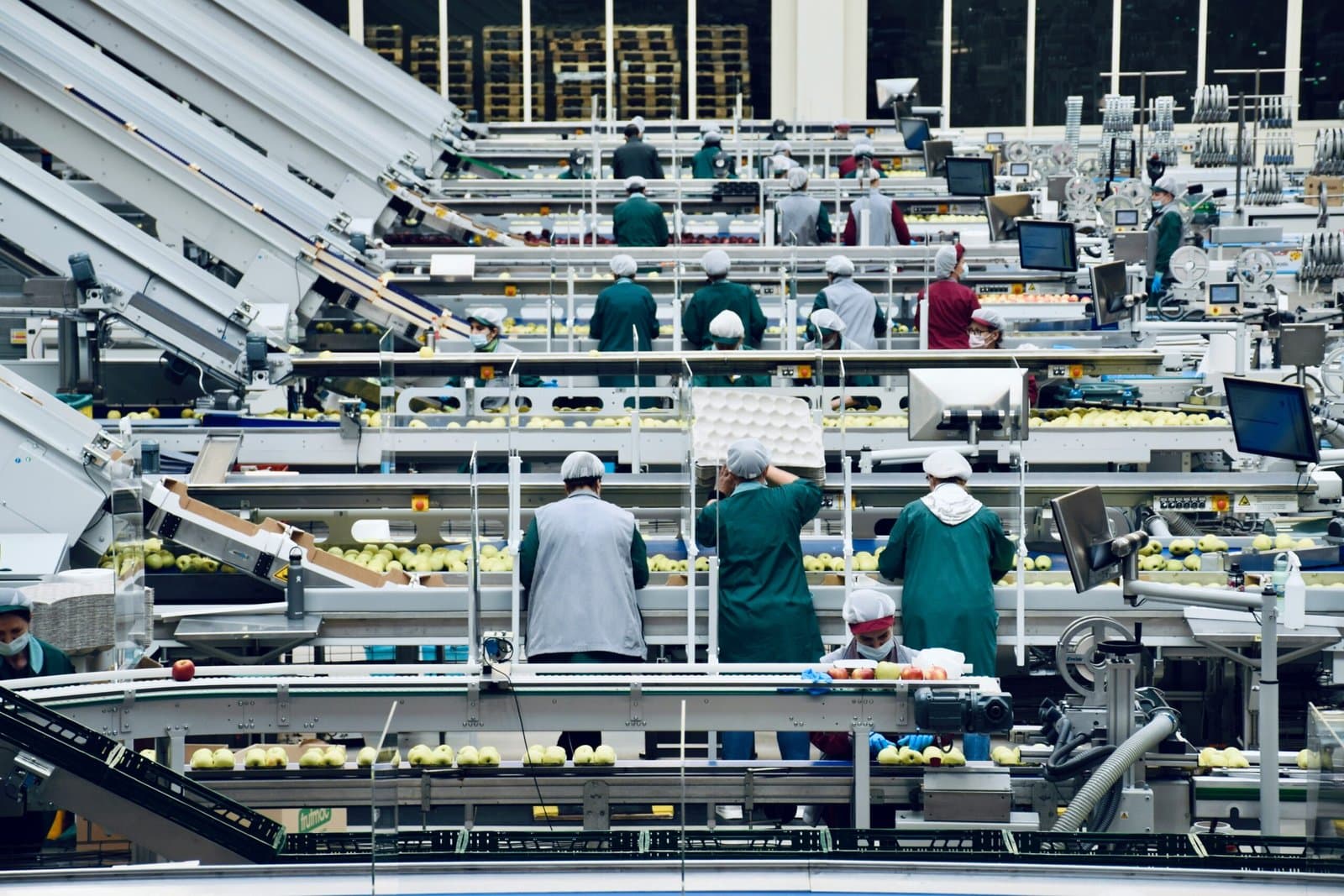
august 16, 2025
Conveyor System Maintenance: 5 Early Warning Signs of Failure
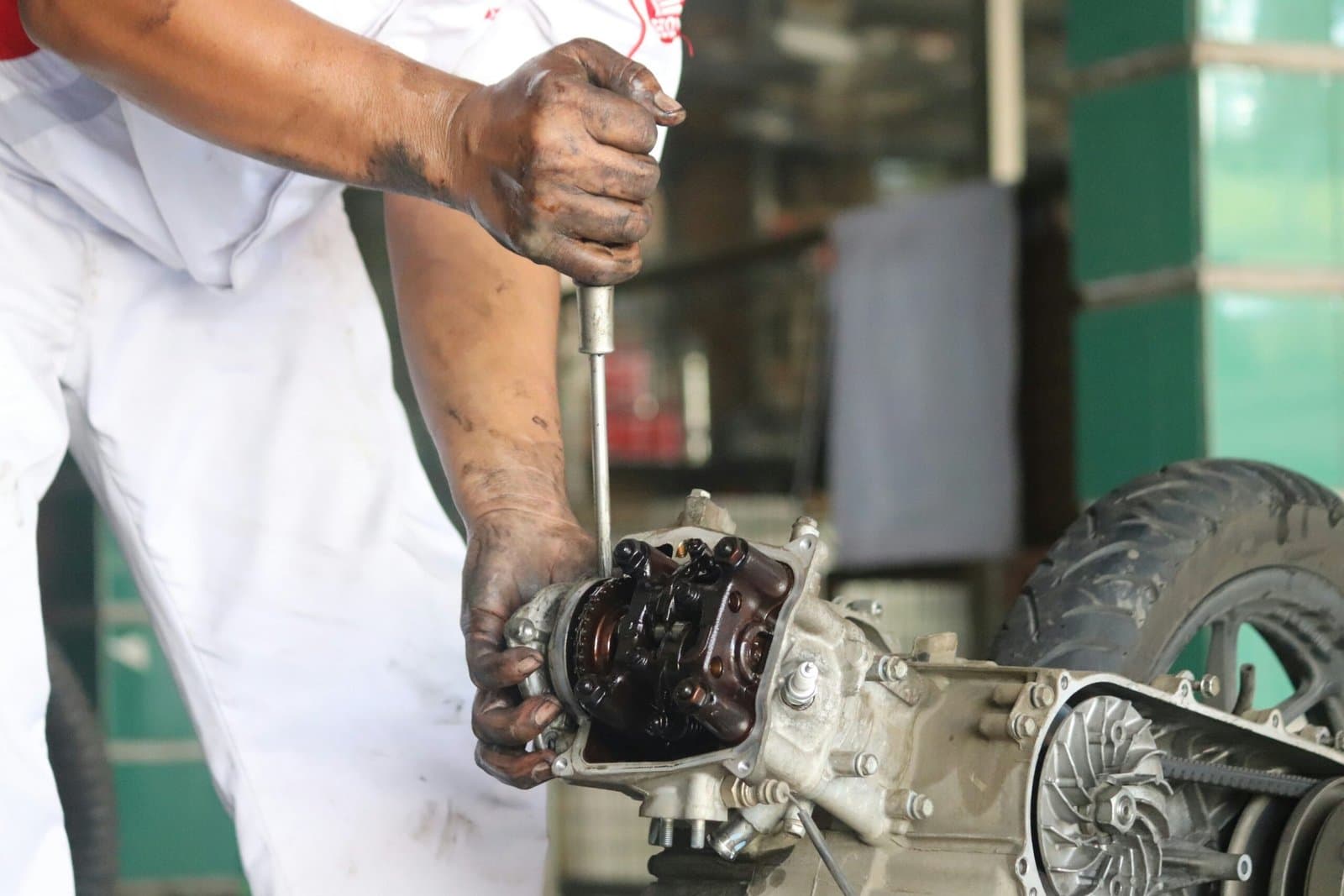
august 14, 2025
Predictive Maintenance: The Smarter Alternative to Costly Reactive Repairs
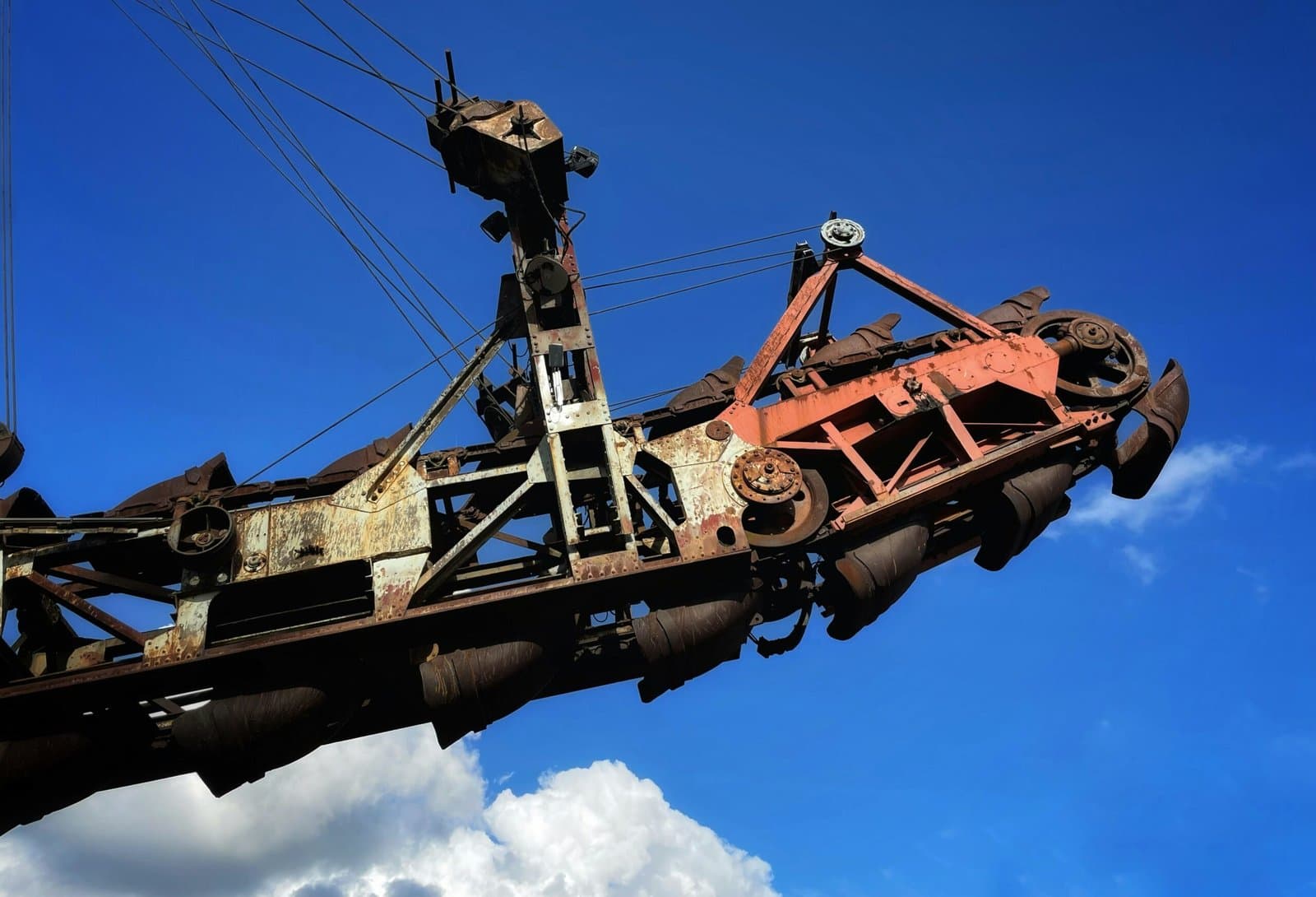
august 11, 2025